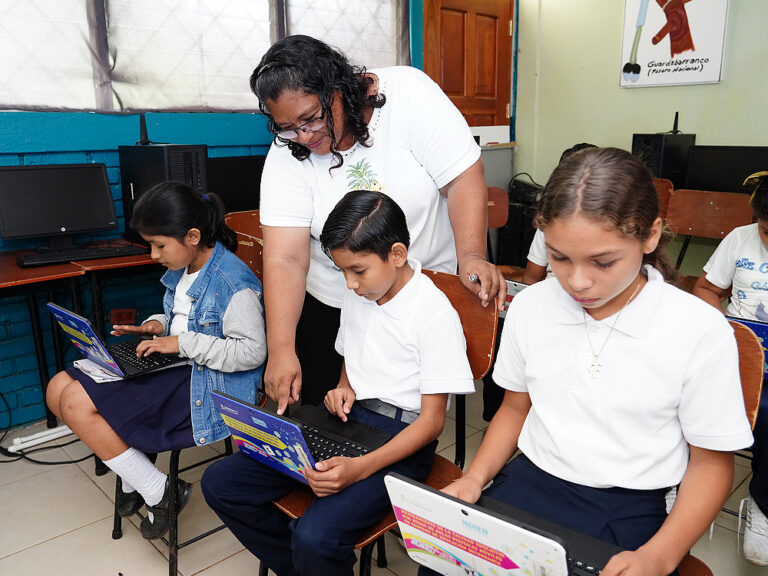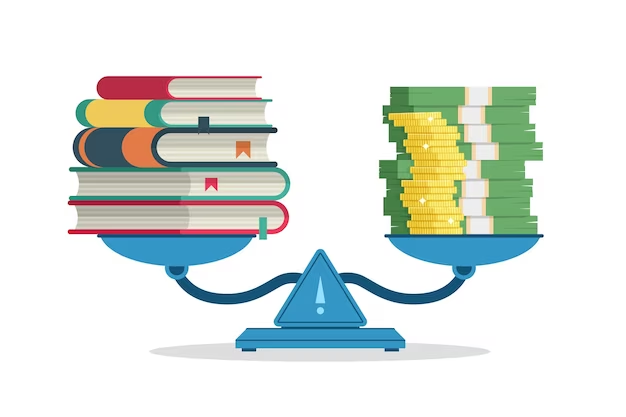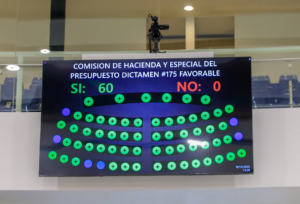
Economic constraints, such as access to connectivity or indirect costs associated with education (such as transportation, uniforms, or food), continue to be one of the main barriers preventing thousands of salvadoran children and adolescents from attending school. This situation not only reflects current inequalities but also represents a medium-term economic risk, leaving a significant portion of the country’s future workforce out of the education system.
According to the 2024 Multiple Purpose Household Survey, prepared by the Oficina Nacional de Estadística y Censos (ONEC) and Banco Central de Reserva (BCR), there are 1,399,461 people between the ages of 4 and 17 in El Salvador, of whom 146,378 do not attend school. Although more than 1.2 million children are enrolled in the education system, this exclusion rate still represents a structural challenge with direct implications for national productivity.

The report reveals that poverty continues to be a determining factor in access to education.
Among poor households, 12.3% of children do not attend school, while in extreme poverty, the percentage rises to 13.9%. In contrast, among non-poor households, school dropout drops to 9.3%.
These figures show that lower-income households face higher relative costs to keep their children in school, as they must allocate a higher proportion of their family budget to expenses not covered by the public system.

The situation worsens when considering that many of these young people are not yet of legal age to enter the labor market, but are already being excluded from formal education. In economic terms, this could translate into a future reduction in available human capital and lower levels of productivity for the country in the next decade.
By gender, the study indicates that 733,774 are men and 665,687 are women in the school-age range. Of these, 81,361 boys and 65,017 girls do not attend school, which shows a slight disadvantage for boys, especially in rural areas where transportation costs and the need to assist with agricultural or domestic work limit their continued attendance.

Economists warn that early educational exclusion could generate a vicious cycle of low qualifications, informal employment, and persistent poverty. Therefore, strengthening public policies for scholarships, school transportation, and digital connectivity is essential to prevent educational inequality from becoming a structural obstacle to the country’s economic growth.







